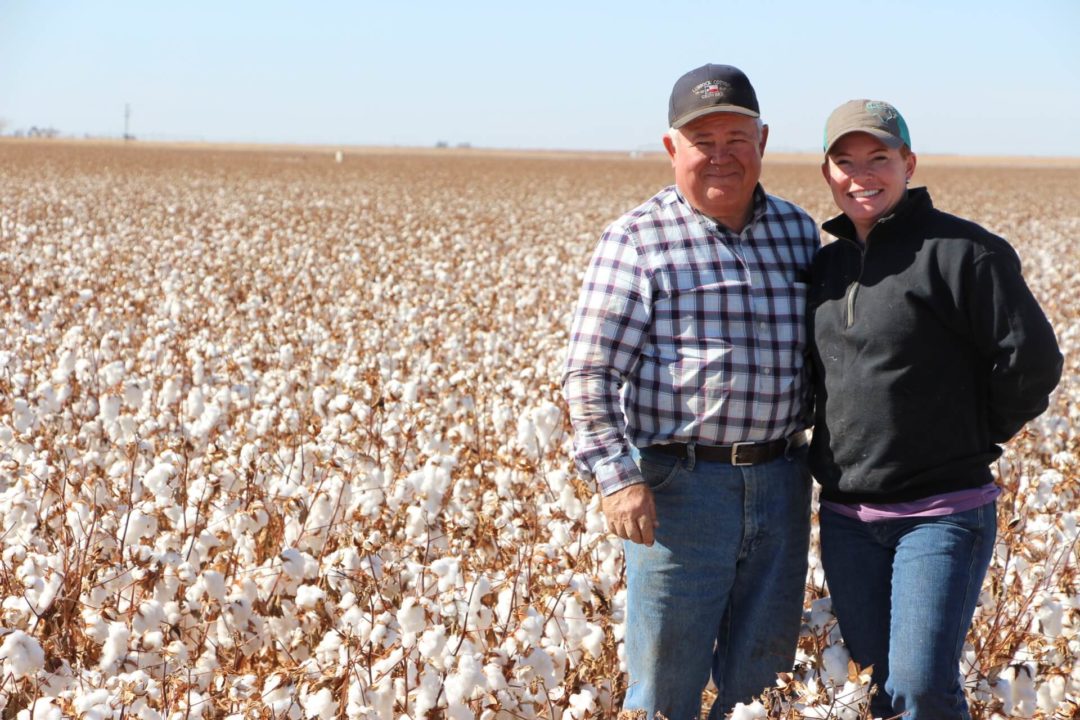New BASF Cotton Varieties Off to a Fast Start
Heading into the 2021 growing season, BASF rolled out three new varieties for their FiberMax and Stoneville brand portfolios. Based on grower response and field performance this year, they have some strong contenders for cotton acres from the East Coast to Texas.
FiberMax
It was a rare, but welcome, growing season in Texas with plenty of moisture and good growing conditions – a big change, especially for dryland acres across the state that had been less than productive for several years.
“It was rare to start out dry and get the timely rains throughout the season,” recalls Kenny Melton, Western Region Agronomic Manager for BASF. “Our dryland crop is going to have a really good year. Some gins are going to be running for a long time because of all the cotton they’re going to have.”
Melton says several FiberMax varieties looked strong all season, but he was impressed with the new FM 1730GLTP.
“FM 1730GLTP is a new early maturity variety with really high fiber quality, bacterial blight resistance, and good tolerance to root-knot nematodes and Verticillium wilt,” he says. “It performed well this year across the Southern High Plains and looked good up in the Panhandle and parts of the Northern Plains.
“In south and coastal Texas, FM 2398GLTP, FM 2498GLT, and FM 1953GLTP have all performed well this year,” adds Melton. “On the Coastal Bend, growers need 3-gene insect protection, and 2398 has been yielding well. The same with 1953, which is yielding very well with exceptional fiber quality. The length and micronaire is really stable.”
FM 2398GLTP and FM 2498GLT also performed well in West Texas fields all the way into the Panhandle.
“Another variety – FM 1621GL – offers root knot nematode tolerance and bacterial blight resistance and has done very well this year across all of the High Plains,” adds Melton.
Stoneville
Two of the new 2021 varieties belong in the Stoneville portfolio.
“ST 4993B3XF was a pleasant surprise for us,” says Steve Nichols, BASF Agronomic Services, Cotton. “The reason we brought it to the table is it offers some tolerance to bacterial blight and good yield potential. It’s going to be a really strong fit across the Belt whether you have bacterial blight or not.
“Its tighter boll does well in handling severe weather like Coastal and Southern parts of Texas often experience,” adds Melton. “And it looks really strong up in the Plains.”
Another new variety – ST 5091B3XF – has a strong fiber package and has shown good performance across multiple soil types in the Eastern Cotton Belt and South and East Texas. “If you have heavier soil or mixed soil, this variety does very well and has a strong plant type,” says Nichols. “But its also good on silt loams and sandy silt loams as well.”
Nichols and Melton also praised the performance of ST 4990B3XF, a widely adapted variety that has looked great this year in high yield environments with good soil, irrigation, and good fertility.
Looking ahead, BASF agronomists and cotton breeders continue their work with native traits to add or enhance disease tolerances in FiberMax and Stoneville varieties.
“We’re now evaluating them for their yield potential,” says Nichols. “We’re trying to find the lines that have as many of those attributes as possible but still deliver the yield and fiber quality that the grower has to have.”









